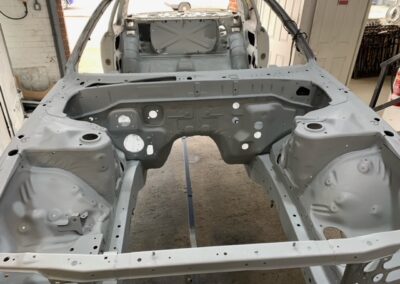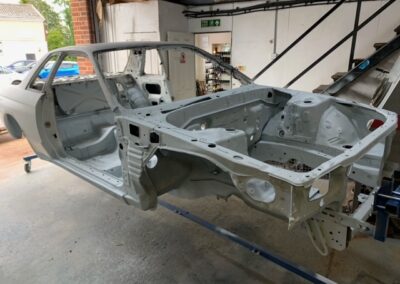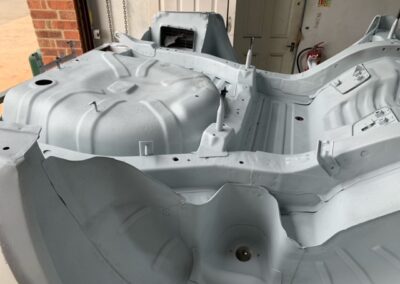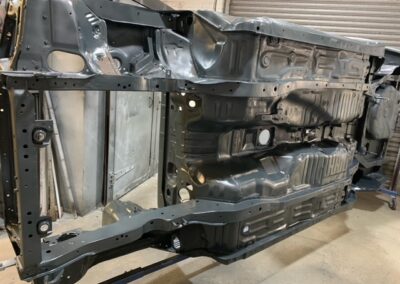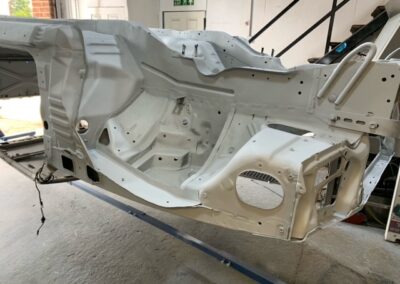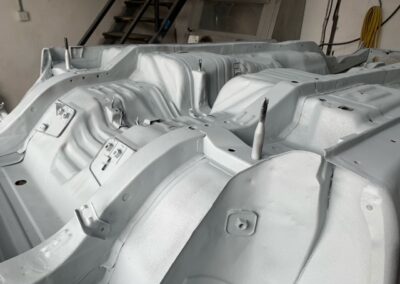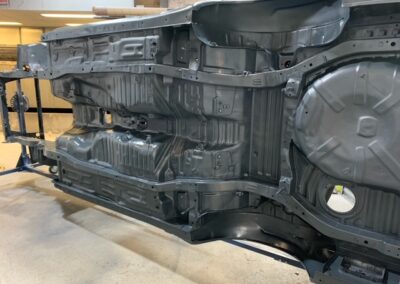Metallizing
Definition – What does Metallizing mean?
Metallizing is a process which involves depositing a thin metallic film on the surface of non-metallic objects.
The most common processes of metalization include:
- Galvanic metallization
- Thermal metal spraying
- Fire metallization
- Diffusion metallization
- Vacuum metallization
- Contact metallization
Corrosionpedia explains Metallizing
Metallizing is a very common coating process which is used to improve the resistance of a material against corrosion, wear and fatigue. The metallization process is applied in many industries, such as:
- Defence
- Oil and Gas
- Solar Product Manufacturing
- Aerospace
- Automotive
- Electrical
Thermal spray processes are often referred to as metallizing. Metals like zinc, aluminium, silver, etc. are used to deposit in the form of a metallic film on the base material such as plastic, glass or metal to prevent corrosion of base material.
Metallizing consists of three steps:
- 1. The base material is prepared by abrasive blasting, metal spraying, etc. to ensure adhesion of the sprayed metal.
2. A heat source is used to create molten particles of coating material, then an atomizer sprays this molten material onto the substrate.
3. Upon contact, the particles flatten onto the surface, freeze and mechanically bond, firstly onto the roughened substrate and then onto each other as the coating thickness is increased. Once applied the surface can be worked for a smoother surface painted.
The metal used for deposition may be either in the form of wire or powder. When the coating material is used in powder form it is known as powder metallizing. When it is in wire form the process is called wire metallizing. Coating thickness may vary from .004″ to thicker coats in the range of .012″ – .014″.

Nissan Skyliner
Here is an example of a Nissan Skyliner which has been blast cleaned, a pure zinc metallization applied and sealed with an epoxy primer coat prior to the final coating.

